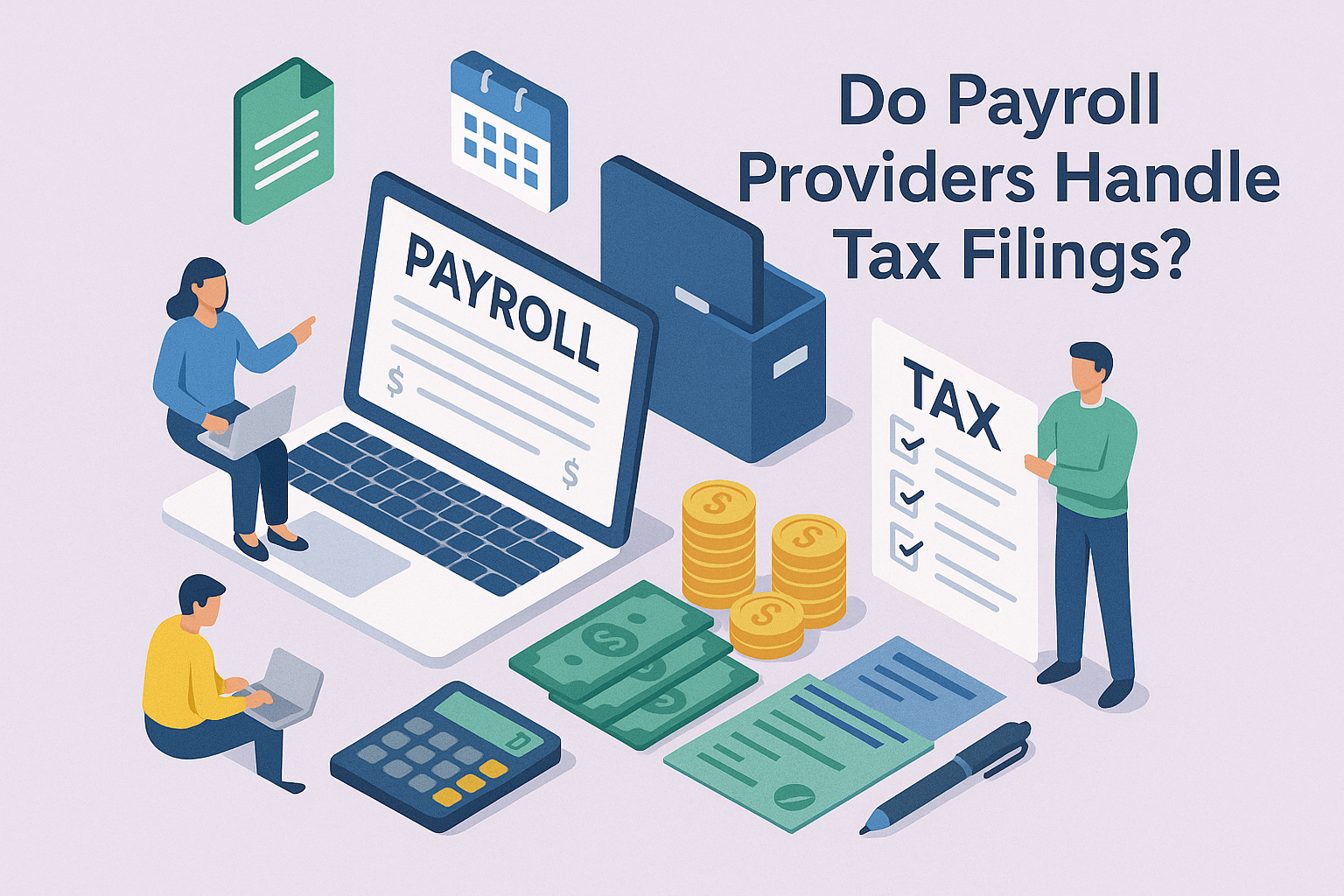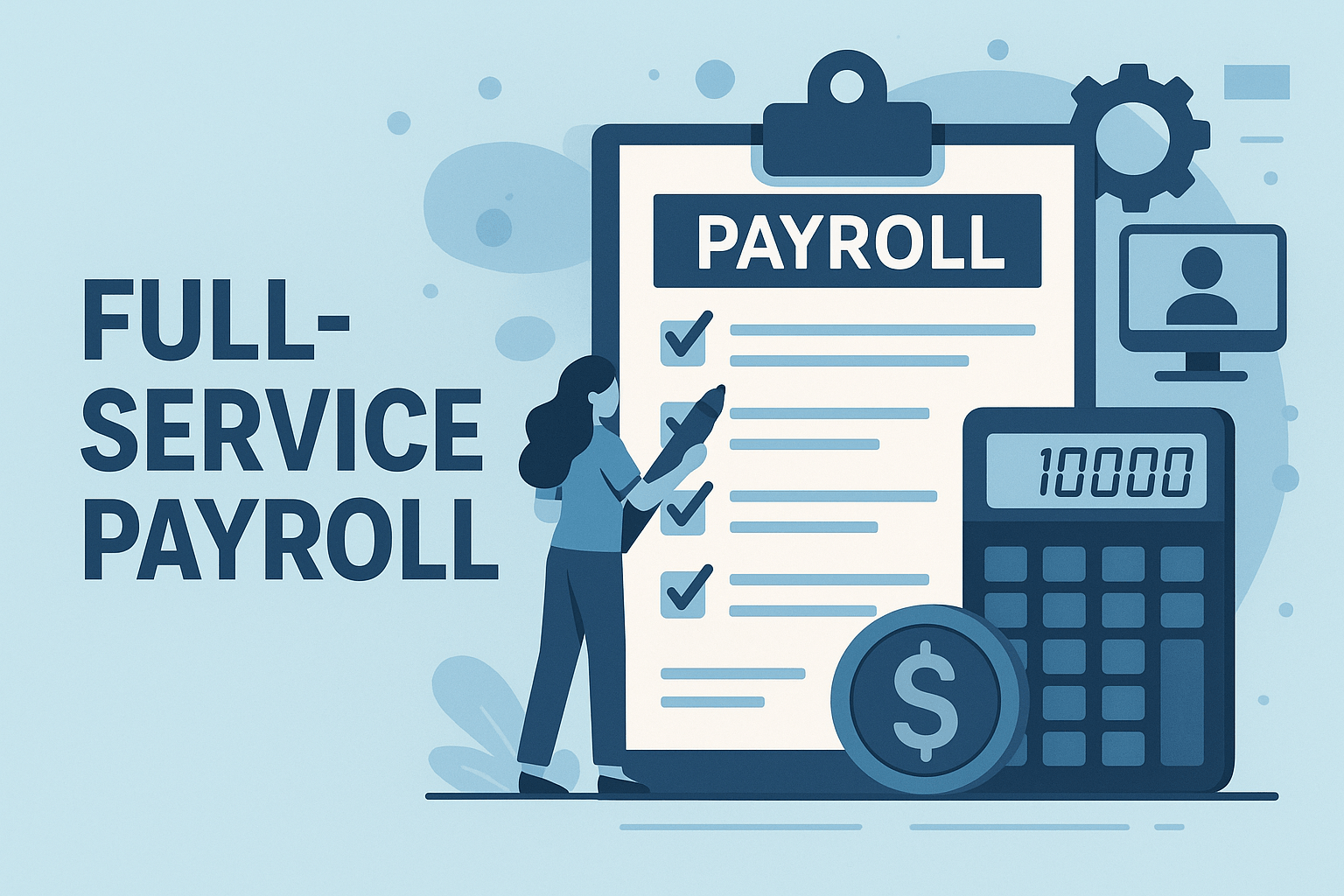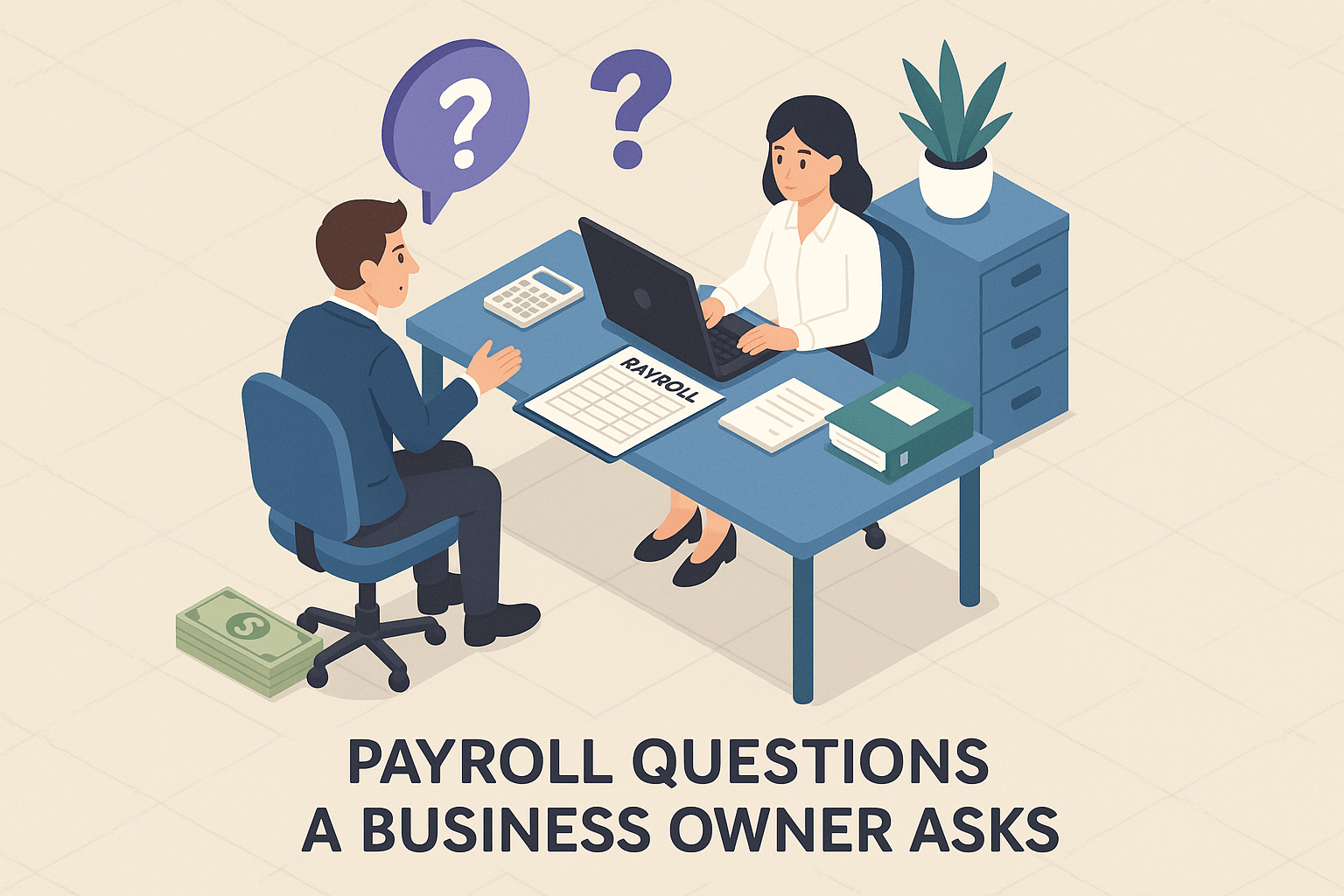
Are you a business owner feeling overwhelmed by Chicago's new Paid Leave Ordinance that went into effect July 1st, 2024? You're not alone. With 70% of local businesses still fine-tuning implementation, this 2024 policy shift presents challenges in legal compliance, costs, and administration. But there's good news: navigating these changes can be manageable!
At Lift HCM, we're experts in local employment laws. We've successfully guided countless businesses through this transition and similar changes (Illinois Secure Choice, minimum wage updates, DOL Overtime Rule for 2024, to name a few), ensuring compliance while minimizing disruptions. This article will outline essential information employers need to know and provide actionable steps to ensure your business remains compliant.
Table of Contents
- What is the Chicago Paid Leave Ordinance?
- Paid Leave vs. Paid Sick Leave: a Quick Breakdown
- Paid Leave
- Paid Sick Leave
- Compliance Requirements for Employers
- Notice and Posting Requirements
- Record-Keeping and Documentation
- Financial and Operational Compliance
- Key Takeaways to Know about the Chicago Paid Leave Ordinance
- Resources and FAQs on the Chicago Paid Leave Ordinance
Before diving into the details, it’s important to understand two key terms that define the scope and applicability of the Chicago Paid Leave Ordinance:
1. Covered Employee: Anyone who works at least 80 hours within a 120-day period in Chicago, including part-time, full-time, and seasonal workers.
2. Employer: Any entity with one or more employees in Chicago. This excludes independent contractors.
Covered Employee sets a low threshold for eligibility, ensuring the ordinance applies to a wide range of workers, including those with limited hours.
Employer broadly encompasses almost all businesses in Chicago, regardless of size, making the ordinance's impact far-reaching across the city's workforce.
What is the Chicago Paid Leave Ordinance?
The Chicago Paid Leave Ordinance mandates that employers provide their employees with paid time off for various personal needs, including illness, medical appointments, and family care. This ordinance aims to support workers' health and well-being, reduce job turnover, and create a more resilient workforce.
Paid Leave vs. Paid Sick Leave: a Quick Breakdown
To effectively navigate the Chicago Paid Leave Ordinance, it's essential to understand the distinctions between Paid Leave and Paid Sick Leave. While both types of leave offer valuable benefits to employees, they are intended for different purposes and have unique rules regarding accrual and usage.
Paid Leave
Paid Leave Accrual:
- Employees earn one hour of Paid Leave for every 35 hours worked, up to a maximum of 40 hours (5 days) in a 12-month period.
- Accrual begins either on July 1, 2024 or upon the start of employment, whichever is later.
Paid Leave Usage:
- Paid Leave can be used for any reason, allowing employees to take time off as needed.
- Employees can use their accrued Paid Leave 90 days after July 1, 2024, or 90 days after starting employment, whichever is later.
- The minimum usage increment is four hours, although employers may allow smaller increments.
Paid Leave Carryover and Payout:
- Employees can carry over up to 16 hours of unused Paid Leave to the next year if it’s not front-loaded.
- Large employers (101+ employees) must pay out unused Paid Leave upon an employee’s termination, resignation, or retirement. Medium employers (51-101 employees) must do so starting July 1, 2025. Small employers (1-50 employees) are not required to pay out unused leave.
Paid Sick Leave
Paid Sick Leave Accrual:
- Employees earn one hour of Paid Sick Leave for every 35 hours worked, also up to a maximum of 40 hours in a 12-month period.
- Accrual begins on July 1, 2024, or upon the start of employment, whichever is later. Hours accrued before this date carry forward, with the accrual rate changing from one hour per 40 hours worked to one hour per 35 hours worked.
Paid Sick Leave Usage:
- Paid Sick Leave can be used for several reasons: recovering from illness, caring for an ill family member, addressing issues related to domestic violence, and handling public health emergencies.
- Employees can use their accrued Paid Sick Leave 30 days after July 1, 2024, or 30 days after starting employment, whichever is later.
- The minimum usage increment is two hours, although employers may allow smaller increments.
Paid Sick Leave Carryover and Payout:
- Employees can carry over up to 80 hours of unused Paid Sick Leave to the next year.
- Unlike Paid Leave, employers are not required to pay out unused Paid Sick Leave upon an employee’s termination, resignation, or retirement.
Compliance Requirements for Employers
To ensure compliance with the Chicago Paid Leave Ordinance, employers must follow the key requirements listed below.
Tracking Accrual:
- Employers must track the accrual of Paid Leave and Paid Sick Leave at the rate of one hour for every 35 hours worked.
- Employers may use fractional accrual rates but must award leave in hourly increments.
Usage Policies:
- Employers must allow employees to use Paid Leave in minimum increments of four hours and Paid Sick Leave in minimum increments of two hours. However, they can permit smaller increments if desired.
- Employees can use accrued leave after the designated waiting periods (90 days for Paid Leave and 30 days for Paid Sick Leave).
Notice and Posting Requirements
Every employer must post the labor posters in an accessible place at each facility located in the city of Chicago.
- Current minimum wage
- Fair Workweek (if applicable)
- Paid Leave and Paid Sick Leave
- Wage Theft
With the first paycheck issued to a Covered Employee, and annually with a paycheck issued within 30 days of July 1st, every employer must provide a notice advising the Covered Employee of:
- Current minimum wage
- Fair Workweek (if applicable)
- Paid Leave and Paid Sick Leave
Note: The Department of Business Affairs and Consumer Protection provides notices in six languages. Requests for additional languages can be made via e-mail at BACPLaborStandards@cityofchicago.org.
Record-Keeping and Documentation
Maintaining Records:
- Employers must maintain records documenting compliance with the ordinance, including hours worked, leave accrued, and leave used by employees.
- Records should be kept for at least five years to demonstrate compliance in case of an audit or investigation.
Request for Leave:
- While employers cannot require documentation for Paid Leave, they may request certification for Paid Sick Leave if used for over three consecutive workdays.
- Employers can also ask employees to confirm in writing that Paid Sick Leave was used for permitted purposes but cannot require documentation from a medical provider for under three consecutive days of leave.
Financial and Operational Compliance
Payout of Leave:
- Employers must pay out unused Paid Leave to employees upon separation if they have 101 or more employees. Medium employers (51-100 employees) will have this requirement starting July 1, 2025. Small employers (1-50 employees) are exempt.
- Employers are not required to pay out unused Paid Sick Leave upon separation unless specified in a collective bargaining agreement.
Front-Loading Leave:
- Employers may front-load Paid Leave and Paid Sick Leave at the beginning of the year, providing a 12-month period’s worth of leave in advance. This can simplify leave management and eliminate the need to track accruals.
Carryover Policies:
- Employers must allow employees to carry over up to 16 hours of Paid Leave and up to 80 hours of Paid Sick Leave to the next year. This ensures that employees have sufficient leave available for unexpected needs.
Key Takeaways to Know about the Chicago Paid Leave Ordinance
- The Chicago Paid Leave Ordinance went into effect on July 1, 2024.
- Employers must provide both Paid Leave and Paid Sick Leave to covered employees.
- Accrual rates, usage rules, and carryover policies differ between Paid Leave and Paid Sick Leave.
- Compliance requirements include proper tracking, notice posting, and record-keeping.
- The ordinance affects businesses of all sizes, with some variations in payout requirements.
Navigating the Chicago Paid Leave Ordinance can be complex, but with proper understanding and preparation, your business can smoothly transition to these new requirements. If you need assistance in implementing these changes or have any questions, don't hesitate to reach out to Lift HCM. Our team of experts is ready to help you ensure compliance and optimize your leave management processes.
Additional Resources and FAQs on the Chicago Paid Leave Ordinance
- Paid Leave and Paid Sick Leave Employer Checklist
- Paid Leave and Paid Sick Leave Fact Sheet
- Chicago Paid Leave and Paid Sick and Safe Leave Ordinance
- Paid Leave and Paid Sick and Safe Leave Frequently Asked Questions (FAQs)
- Chicago Labor Laws (Minimum Wage, Paid Leave and Paid Sick Leave, and Wage Theft)
- Fair Work Week Notice
- City of Chicago Rules Portal
Q: When does the accrual of paid time off begin?
Accrual for both Paid Leave and Paid Sick Leave began on July 1, 2024, or upon the start of employment, whichever is later.
Q: Who qualifies as a Covered Employee?
A Covered Employee is anyone who works at least 80 hours within a 120-day period within the geographical boundaries of Chicago. This includes part-time, full-time, and seasonal employees.
Q: What are the accrual rates for leave?
Employees accrue one hour of Paid Leave for every 35 hours worked, up to 40 hours (5 days) in a 12-month period. The same accrual rate applies to Paid Sick Leave.
Q: Can employees carry over unused leave to the next year?
Yes, employees can carry over up to 16 hours of unused Paid Leave and up to 80 hours of unused Paid Sick Leave to the next year.
Q: Are employers required to pay out unused leave upon termination?
A: A Covered Employee is anyone who works at least 80 hours within a 120-day period within the geographical boundaries of Chicago. This includes part-time, full-time, and seasonal employees.QQ
Can employees carry over unused leave to the next year?
Large employers (101+ employees) must pay out unused Paid Leave upon an employee’s separation. Medium employers (51-100 employees) will follow this rule starting July 1, 2025. Small employers (1-50 employees) are exempt. Employers are not required to pay out unused Paid Sick Leave.
Q: How can employers manage the financial impact of the ordinance?
Employers can front-load Paid Leave and Paid Sick Leave at the beginning of the year, simplifying tracking and ensuring that employees have the necessary leave available. Additionally, setting clear policies for notice and documentation can help manage unexpected absences.
Q: What if an employee needs to use leave for a non-illness-related reason?
Employees can use Paid Leave for any reason, providing flexibility to address various personal needs. Paid Sick Leave is reserved for specific purposes such as illness, family care, domestic violence issues, and public health emergencies.
Q: How do employers handle leave requests and documentation?
Employers must allow reasonable notice for leave requests, especially for foreseeable leave. For Paid Sick Leave, documentation can only be requested if the leave extends beyond three consecutive workdays. For shorter periods, a written confirmation from the employee is sufficient.
Q: Can employers set policies for how far in advance leave must be requested?
Yes, employers can establish preapproval procedures and require that employees provide notice at least seven days in advance for foreseeable leave. These policies should be documented and communicated clearly to all employees.
Q: How can employees protect their rights under the ordinance?
Employees should familiarize themselves with their rights and the ordinance's requirements. If they believe their rights have been violated, they can file a complaint with the Office of Labor Standards. Employers are prohibited from retaliating against employees for exercising their rights.
Jason Noble is a seasoned expert in payroll and human capital management. With a wealth of experience in streamlining payroll processes and optimizing workforce management, Jason has successfully held key roles at leading organizations. His deep understanding of industry best practices ensures that his insights are both practical and authoritative.








.png?width=1536&height=1024&name=Create%20a%20background%20that%20reads%2c%20How%20Long%20to%20Keep%20P%20(1).png)


















